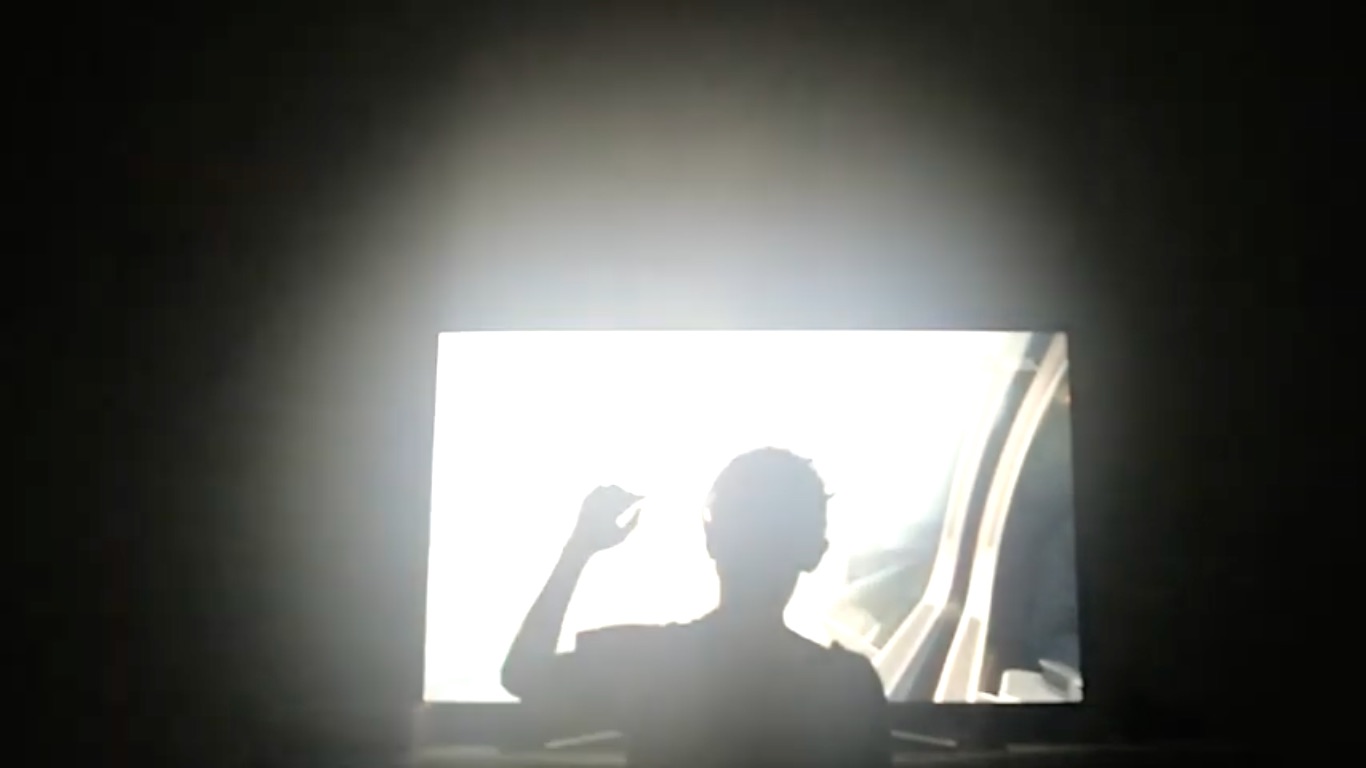Dance practitioner Tan Bee Hung tries to capture the essence of loneliness on video.
While scrolling aimlessly on one of my lazy days, I stumbled upon a YouTube video that gave me chills. It was a documentary by RT Documentary titled “Dying Alone: Kodokushi, Japan’s epidemic of isolation through the eyes of a ‘lonely death’ cleaner.” Many vivid images from the video remained in my head even until today. So, when asked to propose a work for the Choreolab course in the Master in Dance program at the University of Malaya earlier this year, I decided to tackle the theme of loneliness.
The initial idea was to have two dancers and to present the work as a site-specific performance. But this idea was scrapped when we went into the Movement Control Order (MCO) lockdown mid-March. Due to the uncertainties I was now facing, I decided to dance it myself instead. Before resuming rehearsals, I scoured as much literature as possible on the topic. This process ended up being crucial as it helped me look at the theme from other angles, as loneliness is not only a cognitive reaction but also a byproduct of systemic hegemony and the authorities’ obsession with economic growth. The dance was then narrowed down into the depiction of a person being edged towards loneliness by social structure, hence the title of the work.
Besides the usual motif development and search for choreographic tools, it was also decided that the dance would be presented in a video format and recorded from home, because Covid-19 had made any form of live performance impossible, at least up until June. A lot of thought was given to the method of capturing the dance. I was fully aware that there were many ways that loneliness could be elucidated, but I chose to look at it as if being cocooned in a small cluttered space. During the inception of the work, video angles were not my main concern; the goal was to capture the work from only one angle. However, after much trial and error, in order to achieve the intended result, the positioning of the recording angle had to be reconsidered.
To look for possible material that I could use in the work, I started by giving myself some tasks and rules in movement research. I allowed myself to react to the space—one that I had been so very used to but which had become alien at the same time, as I was constantly questioning if this space in my home had now turned into a “performance space.” Knowing that the video would be viewed by an audience also made me anxious, as there was perhaps space in my home that I was not keen on sharing. Then there was the endless frustrating search for the “right” angle to video myself because there was just so much climbing up and down, and moving furniture around, in the end not capturing anything satisfactory. No one was there to help me push the record or play button, no one was there to discuss how to get things done more efficiently, no one was there to stop me from making dubious decisions. But this frustration ultimately generated what I think was necessary for the work—a sense of loneliness that could evolve into helplessness.
Daily movements were my pulse in making the dance, in addition to the improvisation that had helped pace my work. To simulate the search for human connection, I started with the gesture of a waving hand, which later continued into a series of arm movements. One of the most challenging parts of the work was in interpreting loneliness. Although loneliness is a universal human emotion, it is indeed complex and unique to each individual. As much as I could, I brought in the images that I remembered from the documentary to remind myself of the fear or devastation that could lead one to giving up on communicating, or to cling to the hope of doing so but with no one listening. Movements were repeated, with arms and torso tossed into space—sometimes reaching out, sometimes contracting—forming my generalisations about the effects of loneliness.
The video ended up being a collage of different sections of the dance. It was structured on the idea of replaying the mind of a lonely person and the play with video angles was meant to give it a kind of out-of-body experience. The video was backed with white noise as well as music. The latter played an especially important role—not only with scene transitions—but also in layering the video with nuances of uncertainties. There were many changes in the video as well as the dance, especially after weekly discussions with my lecturer and peers, but there was this one part on which I stood my ground—a single moment of pin-drop silence. While perhaps cliched, it fit the sense of loneliness that I had been looking for.
While the dance was initially an attempt to look at loneliness in general, I felt that all the time spent alone at home working on the piece helped me capture the frustration brought about by the Covid situation as well.

Tan Bee Hung is an active practitioner in the local dance scene. More
To contact the author:
bhung1128@gmail.com
Featured photo: Still from “:Remains of Loneliness” (2020). © Tan Bee Hung
